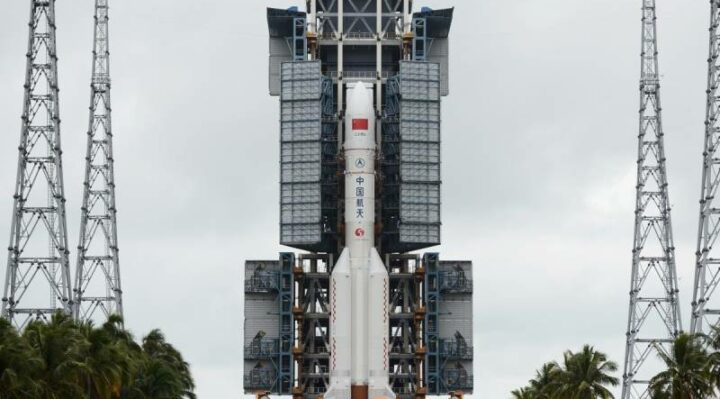
According to an experienced Chinese astronaut, the maiden flight of China’s next-generation crewed spacecraft, which has a capacity for seven people, could occur between 2027 and 2028.
Yang Liwei, a veteran fighter pilot, became China’s first man in space and an instant hero cheered by millions at home in 2003 when he was launched into orbit in a tiny, bronze-colored capsule called the Shenzhou-5. This marked the beginning of China’s human space flights.
“In the future, a new generation of spacecraft will be used on crewed lunar missions, to build our space station, and for deep-space exploration,” Yang was quoted as saying on Monday at a Chinese university by the state-run Guangzhou Daily.
According to Yang, who is currently the deputy chief designer of China’s manned spaceflight project, recent testing on the return capsule of the next-generation spacecraft have been “very successful,” with their first flights expected to occur between 2027 and 2028.
In 2020, the first test of the upcoming spaceship was conducted.
Engineers recently revealed additional details of the project to send astronauts to the moon by 2030, from the type of carrier rockets to be used to the spacecraft transporting astronauts and other equipment. Since China’s space station became operational late last year, the focus has returned to the project.
Up to three astronauts can go to low-Earth orbit on China’s current Shenzhou spacecraft, which is based on the Soyuz spacecraft of Russia. It consists of a module for life support and propulsion, a module for temporary human living in space, and a capsule for their return to earth.
The propulsion and return modules will make up the only two components of the new generation of crewed spacecraft, allowing for larger modules and a carrying capacity of up to seven people, according to Zhang Bainan, principal designer of the trial version of the new-generation spacecraft, in 2020.
A large portion of the return module can be reused due to its great heat resistance.


